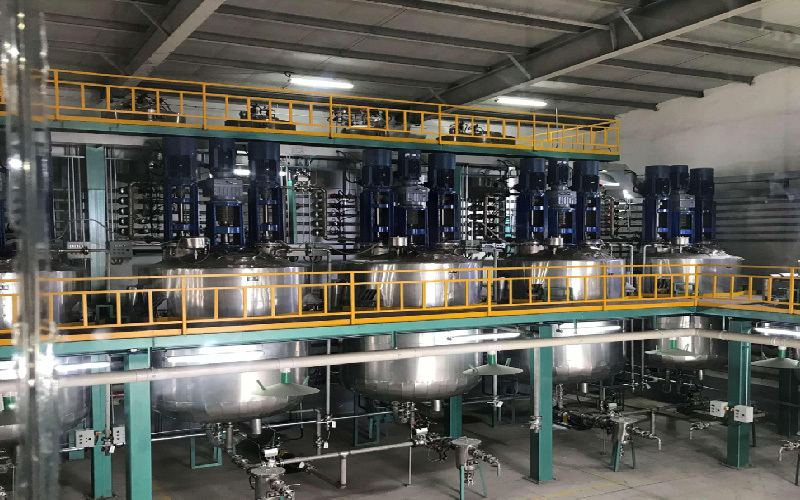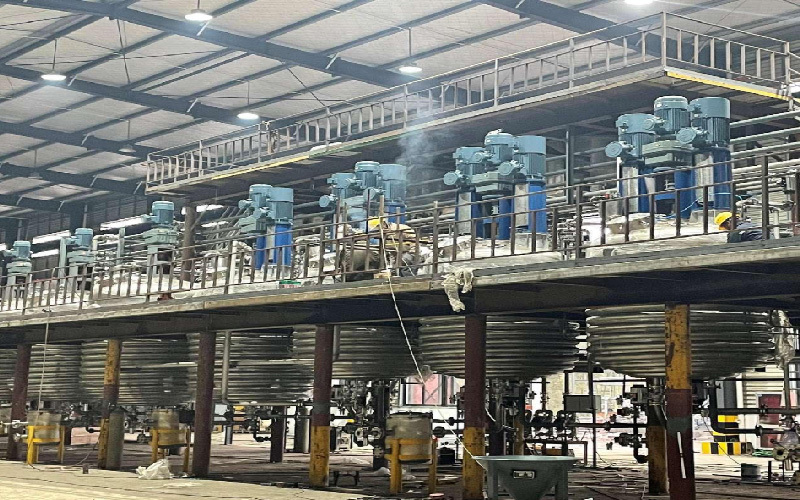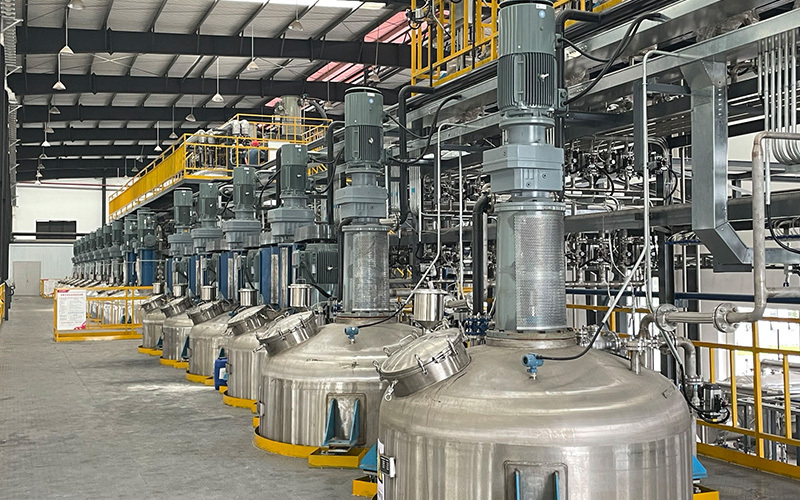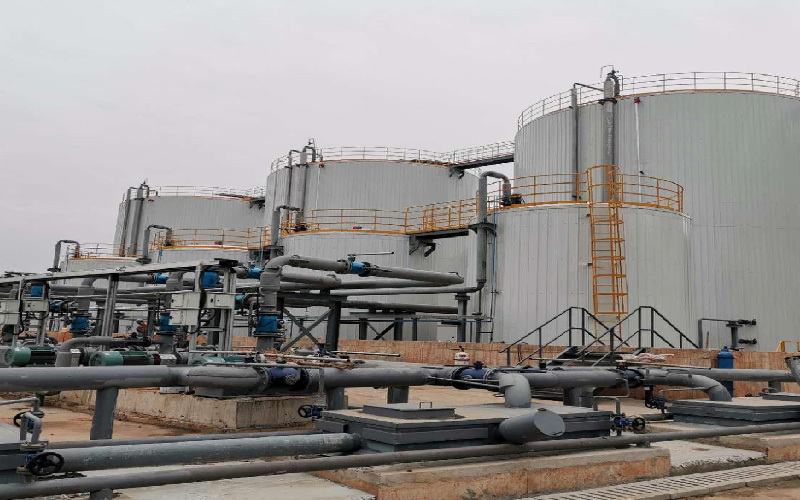The working principle and characteristics of stainless steel reaction kettles.
2018-03-22

Stainless steel reactors are widely used in industries such as chemical, pharmaceutical, and food. The material is made of 304 stainless steel. The atmospheric pressure stainless steel electric heating reactor features rapid heating, high temperature resistance, corrosion resistance, hygiene, no environmental pollution, and does not require a boiler for automatic heating, making it convenient to use and cost-effective.
The structure principle and characteristics of the JCT reactor:
The reactor consists of a kettle body, kettle lid, stirrer, jacket, support and transmission device, shaft sealing device, etc. The material and openings can be customized according to the user's process requirements.
Heating methods include electric heating, oil heating, gas heating, water heating (or cooling), and open flame heating.
The jacket types are divided into: jacket type and external half-pipe type, with jacket oil heating types equipped with flow guiding devices.
Stirring methods generally include paddle type, anchor type, frame type, screw type, and wall scraping type. High-speed types include dispersing impeller type, turbine type, high shear type, and propeller type, allowing customers to choose based on their process.
Transmission methods include ordinary motors, explosion-proof motors, electromagnetic speed-regulating motors, and inverters. The reducers include cycloidal pinwheel type, worm gear type, and planetary stepless speed change type.
The shaft seal includes ordinary water-cooled packing seal, combined PTFE packing seal, and mechanical seal.
The discharge methods include ball valve and bottom discharge valve.
Key words:
Intelligent Equipment
Related News
Evaluation of the Advantages of Stainless Steel Reactors
2018-03-22
Stainless steel reactors have a wide range of applications.
2018-03-22
Precautions for using carbon steel tanks to store concentrated sulfuric acid.
2018-03-22














